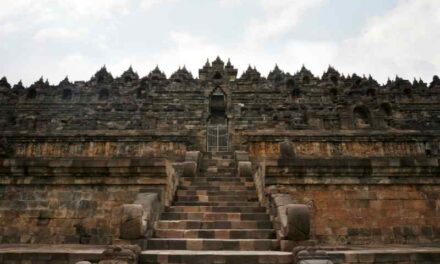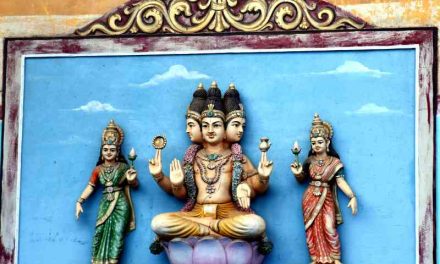The Agni Purana and Hindu Dharma
The Agni Purana is one of the eighteen major Puranas of Hinduism, which are ancient texts that narrate the history, mythology, cosmology, and ethics of Hindu culture. The Agni Purana is named after Agni, the god of fire, who is said to have recited it to the sage Vasishta. The Agni Purana is also known as the encyclopedia of Indian culture, as it covers a wide range of topics such as theology, worship, rituals, architecture, iconography, medicine, martial arts, grammar, poetry, astrology, economics, and politics.
The Composition and Structure of the Agni Purana
The Agni Purana is not a single text, but a collection of various chapters that were composed over a long period of time, probably between the 7th and the 17th centuries CE. The text exists in many versions and manuscripts, which differ significantly from each other. The published editions of the Agni Purana contain about 382 or 383 chapters and 12,000 to 15,000 verses.
The Diversity and Pluralism of the Agni Purana
The Agni Purana reflects the diversity and pluralism of Hinduism, as it does not favor any particular sect or doctrine, but presents various aspects of Hindu dharma impartially. The text describes the ten avatars of Vishnu, the supreme god of Vaishnavism, as well as the worship of Shiva, the god of Shaivism, and Devi, the goddess of Shaktism. The text also acknowledges the importance of Smartism, which is a tradition that worships five or six deities as manifestations of Brahman, the ultimate reality.
The Practical Guidance of the Agni Purana
The Agni Purana also provides valuable information on how to practice Hindu dharma in daily life. The text gives detailed instructions on how to perform various rituals such as bathing, offering sacrifices, consecrating images, installing temples, and worshipping deities. The text also explains the significance and symbolism of various icons and objects used in Hindu worship, such as Salagrama stones, Ganesha idols, and Shiva lingas.
The Ethical and Material Aspects of the Agni Purana
The Agni Purana also offers guidance on how to live a virtuous and prosperous life according to Hindu dharma. The text discusses various topics such as varnashrama dharma (the duties of different social classes and stages of life), arthashastra (the science of wealth and politics), Kamasutra (the art of love and pleasure), dharma shastra (the code of law and ethics), ayurveda (the system of medicine and health), shilpa shastra (the science of art and architecture), jyotisha (the science of astrology and astronomy) and yoga (the discipline of physical and mental well-being).
The Narrative and Cosmological Aspects of the Agni Purana
The Agni Purana also contains stories and summaries of other Hindu scriptures such as the Ramayana, the Mahabharata, and the Harivamsha. These stories illustrate the moral values and spiritual lessons of Hindu dharma through the examples of heroes and villains, gods and demons, sages and kings. The stories also reveal the cosmic order and purpose behind the creation, preservation, and destruction of the universe.
The Conclusion
The Agni Purana is a treasure trove of knowledge and wisdom for anyone who wants to learn more about Hindu dharma and culture. The text is not only informative but also entertaining and inspiring. By reading and studying the Agni Purana, one can gain a deeper understanding and appreciation of the richness and diversity of Hinduism.
Works Cited:
(1) Agni Purana – Wikipedia. https://en.wikipedia.org/wiki/Agni_Purana
(2) Agni Purana: Significance & Various Aspects – GaneshaSpeaks. https://www.ganeshaspeaks.com/spirituality/hinduism/purana/agni-purana/
(3) Agni Purana – Dreams and omens mentioned in Agni Purana – Speaking Tree. https://www.speakingtree.in/allslides/dreams-and-omens-mentioned-in-agni-purana
(4) The Agni Purana – Wisdom Library. https://www.wisdomlib.org/hinduism/book/the-agni-purana





